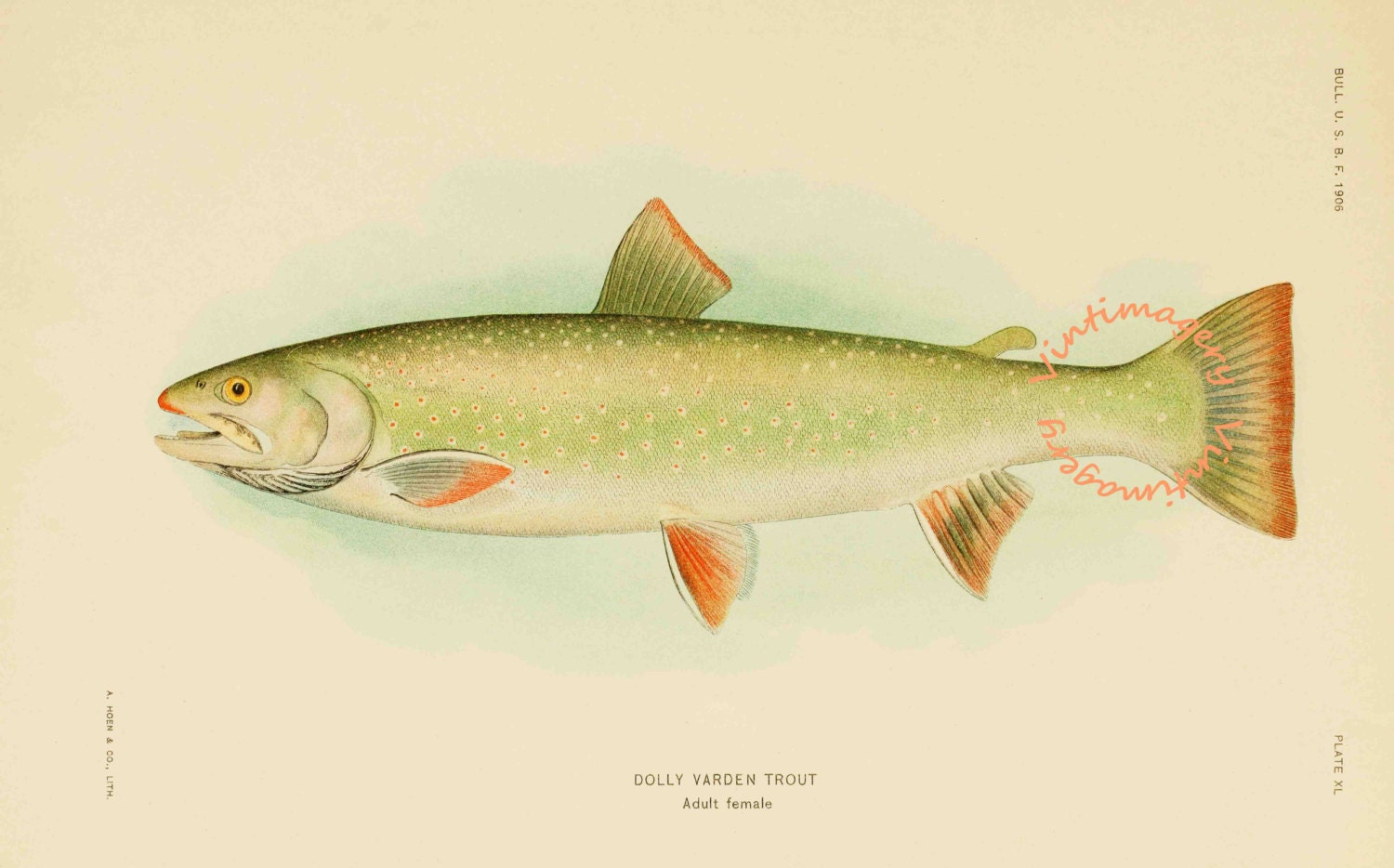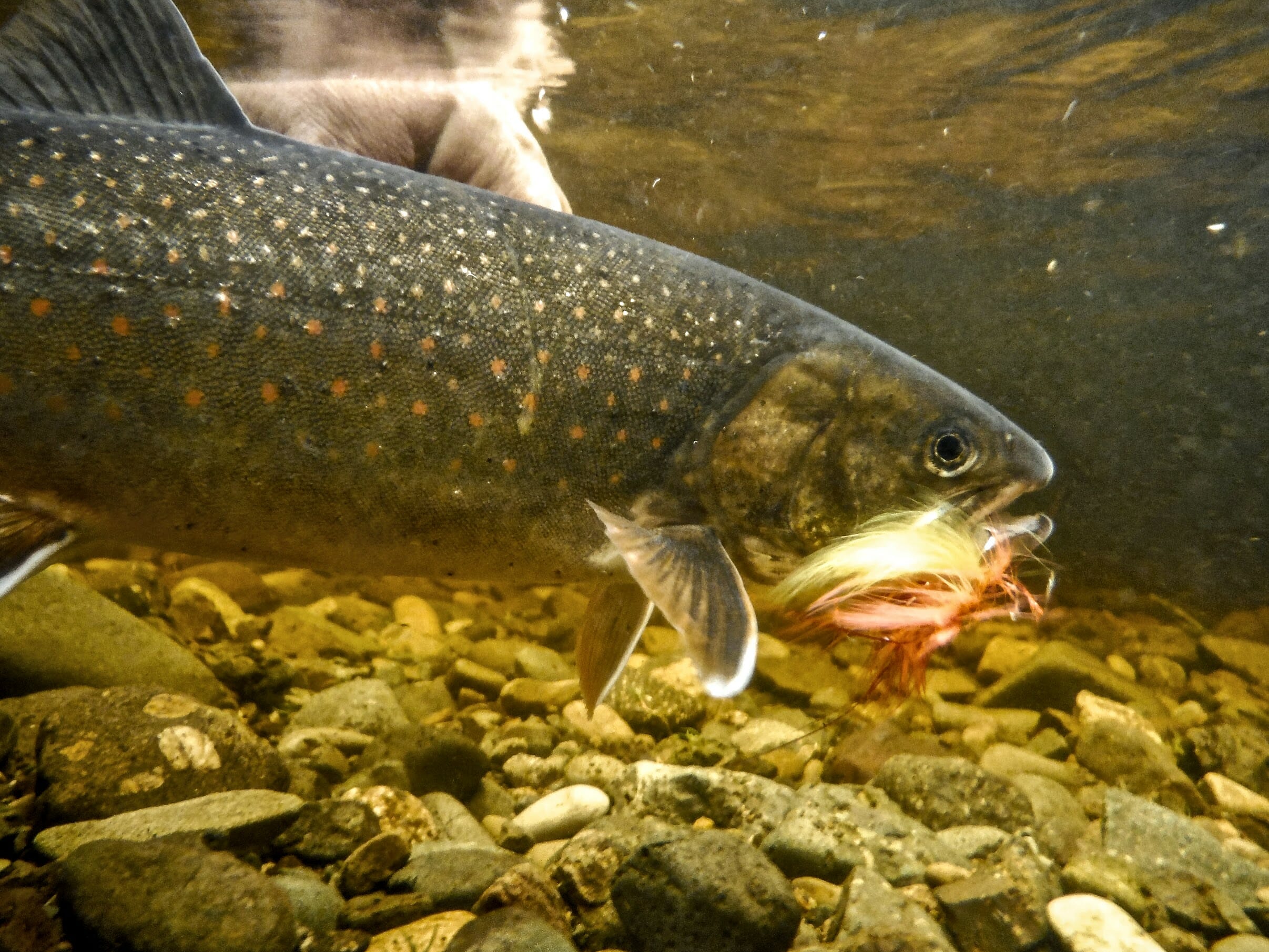

Likewise, the foothills of the Andes in Argentina and Chile and the Alps in the South Island of New Zealand. Usually, a mountain range is a key to trout habitat, and the Rockies and the various ranges in southern Canada offer some great fishing. Trout populations, therefore, tend to thrive in very northerly or southerly latitudes or in higher alpine areas in countries closer to the equator. The one constant with trout is their need for cool water (50–60 ☏ or 10–16 ☌). My personal best is 95cm, but I have been twice broken off by taimen of more than the magical 1m mark, and I have friends who have caught several over this length. Japanese taimen, or itoh, grow to about 1.3 meters or around 4.5 feet in length, and catches of above 90cm, or three feet, are very achievable. These are sea-run species, although there is a population in a lake in Hokkaido too. I’ve spent a lot of time pursuing these wonderful fish in Hokkaido and can attest to their qualities as sportfish. The other main taimen species of note is the Japanese taimen. These apex predators gulp dry fly patterns designed to look like rats and squirrels and can also be caught on big streamers.Įlsewhere (China, Korea, and the Danube basin), related taimen species are very rare. We’ve all probably seen and read about the enormous taimen caught on fly in Mongolia’s remote rivers. What an interesting fish the taimen is – the world’s largest trout species.

Scientific name: Hucho Hucho Taimen and Hucho perryi The population of brown trout in North America – which can be found on both sides of the Rockies and into Canada – was introduced to North America from Germany. The patterns and colors of the spots and marketing vary enormously. And, of course, brown trout can be found in the UK, where – along with Atlantic salmon – they were the key species for the beginning of modern fly fishing and the associated literary traditions that came with it.īrown trout are a wily species that take much skill from the angler to bring them to the net and are a prized sportfish wherever they are to be found.īrown trout differ significantly in coloration from the silver sea-run specimens to the dark-colored residents in a particular river. Anadromous populations are known as sea-run trout or sea trout and form the basis for some amazing fisheries in Tierra Del Fuego, Tasmania, and New Zealand. Many fly fisherman’s favorite species, the brown trout species (under the genus salmo) are broadly distributed across the world from Europe, Scotland, and Ireland, to the US and Canada, Australia, New Zealand, and Andean South America.īrown trout occupy and range of habitats from small streams and rivers to lakes and ponds and major rivers and canals.


 0 kommentar(er)
0 kommentar(er)
